Site Analysis and Where to Put the Vegetable Patch: Microclimates
Part Two of the Vegetable Patch from Scratch Series
In Part 1 I looked at how sunlight and access might influence where you locate your vegetable garden. This post discusses microclimates and how they can impact your growing success. Towards the end, I’ll explain the negative impacts that large, established trees can have on your vegetable patch.
About the Vegetable Patch from Scratch series
This serialised gardening guide is designed to help everyone from complete novices to seasoned gardeners to get more productivity from their vegetable patch with less effort.
I’m living my dream of writing and producing all kinds of helpful guides and information using my experiences in growing food. But writing full time, and publishing high-quality work, is possible only with the financial support of paying subscribers.
Please consider supporting my work by taking out a paid subscription. If you’ve already done so, thank you. You’ve helped to make this post possible.
Microclimates
You may hear the word “microclimate” used often. It’s a relatively flexible term that is used to describe how the environmental conditions in a given place can be influenced by both external and internal factors. Let’s break that down a bit further.
How big is a microclimate?
That’s all relative! Comparing the climate of Melbourne to the climate of the rest of Australia, you could say that Melbourne is a microclimate. Within that, bayside suburbs such as Brighton have a different microclimate from the Dandenongs.
Generally though, microclimates are used to describe individual growing spaces, either entire backyards, or more often regions within a backyard. For example, two gardens in the same street may have different microclimates because one is higher on a hill, or one has more shade trees, or many other factors.
Within an individual garden, typically there are small variations in growing conditions within that space. A swimming pool may act as thermal mass and keep the ambient temperature around it slightly cooler in summer and warmer in winter than the rest of the garden.
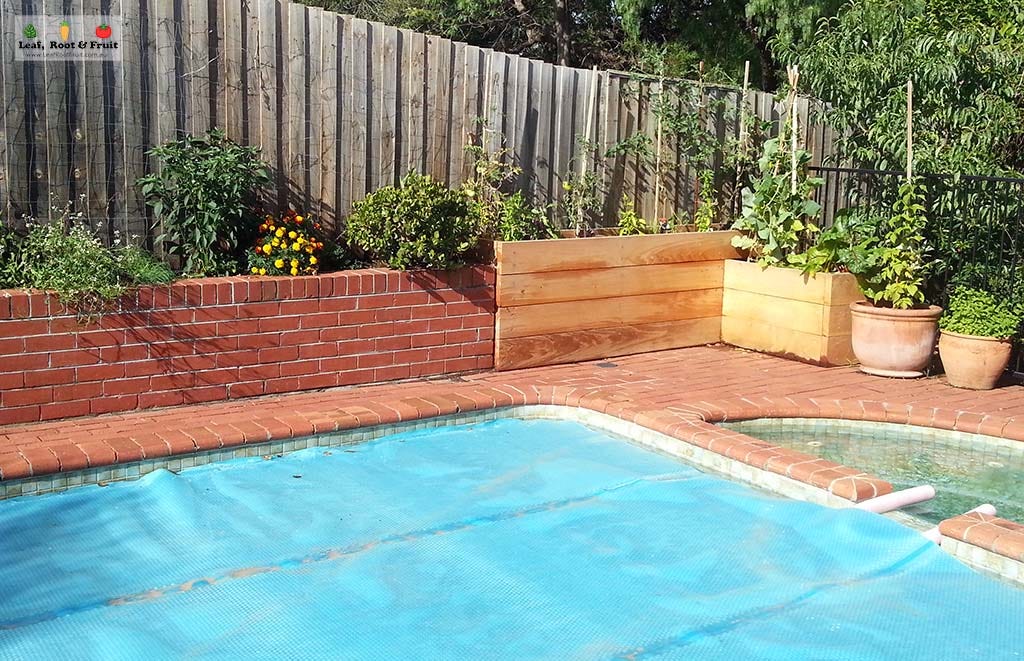
What can influence a microclimate?
All sorts of factors can influence microclimates. Generally, when we are discussing microclimates we are focused on temperature, but sunlight and rainfall can also be included in the effects of a microclimate. Some influences on microclimate include:
Thermal mass: Solid objects that face north can absorb heat on a warm day. Once the ambient temperature drops lower than that of the thermal mass, energy in the form of heat is released from the mass into the air and can help to regulate its temperature. Thermal mass is best provided by dense materials such as water or bricks. Dense materials absorb heat slowly, but they also release that heat energy just as slowly. This is what helps them to regulate the temperature so well.
A practical example of thermal mass is a water tank or north-facing brick wall. These can help influence the nearby ambient temperature by several degrees and allow you to say grow sub-tropical plants such as bananas in a warm temperate area.
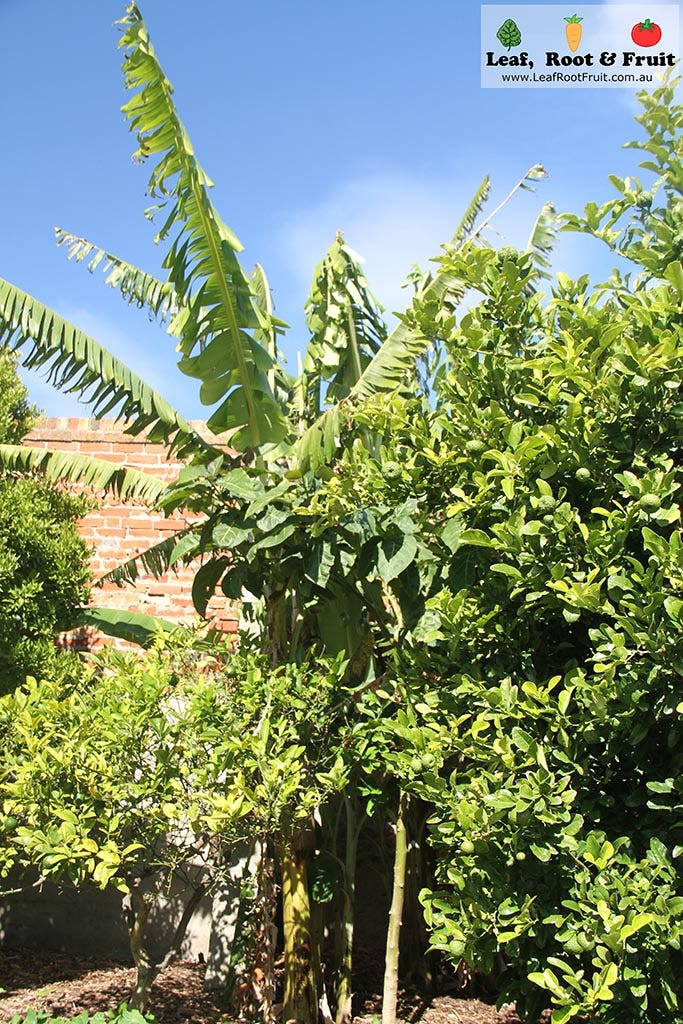
On a larger scale, Port Phillip Bay, being a large body of water, acts as thermal mass to prevent frosts from forming in most of Melbourne’s bayside suburbs. Forests also act as thermal mass, regulating the temperature and increasing rainfall, among other climatic effects. Old growth forests can literally create their own weather patterns!
Sunlight and shade: Trees, buildings and other shade inducing objects can influence a microlimate. Areas in shade will have reduced temperature and potentially increased humidity.
Slope: The slope of an area can influence the flow of water and air. This in turn can influence soil moisture, humidity and the formation of frost pockets.
Airflow: Windbreaks such as hedges and fences can influence temperature and humidity in a microclimate.
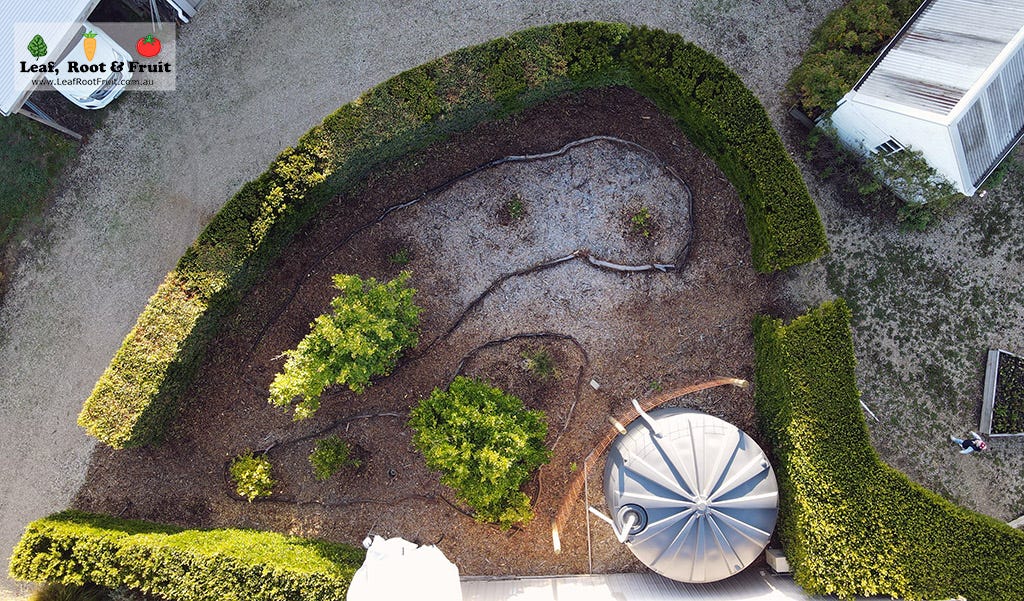
Place your vegetable patch where it receives good airflow
Airflow can influence some plant diseases. Many plant diseases are caused by fungal pathogens, e.g. powdery mildew. Most fungal pathogens prefer to grow in moist conditions. Overcrowded gardens, heavy spring (or autumn) rainfall and other microclimatic conditions can increase the humidity around plants. This high humidity promotes the growth of fungi and can increase the likelihood of disease in your plants. Outbreaks of sap-sucking pests such as whitefly and aphids may also increase when humidity is high.
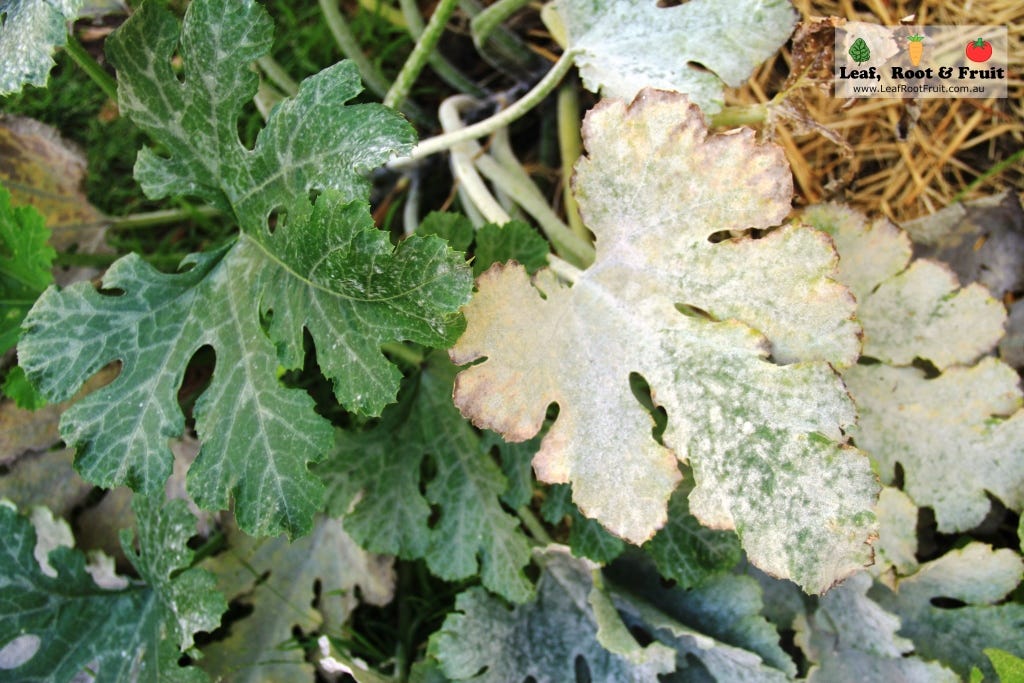
Increasing airflow around your vegetable patch can help to decrease humidity and reduce the incidence of fungal diseases and pests. Place your vegetable patch in a position where good airflow will reduce the humidity it experiences.
Morning sun is preferred over afternoon sun in the vegetable garden. This is because the morning sun is more likely to dry out any dew that has accumulated on the plants overnight. Plants that don’t receive morning sun may stay damp for longer in the day. This moisture allows fungal diseases a better chance to take hold.
Whitefly in particular prefer cramped, humid conditions created by overgrown plants with poor airflow. Thinning out foliage on affected plants can help to remedy the issue.
Avoid strong winds
Strong winds aren’t usually an issue for suburban gardeners. However, if you’re growing in a rural setting, you will need to reduce the amount of wind that your vegetable patch receives. Strong winds can dry out soil moisture and desiccate plants. Your gardening will be far more successful if you can protect your patch from wind.
Tree windbreaks that have been subjected to grazing by livestock may increase the effects of wind at ground level. Wind hits the shelterbelt and is forced either up and over the tress, or down under the trees where grazing has created a gap at ground level. This intensifies the wind experienced across the paddock.
It can take time for permanent tree windbreaks to grow and influence the site. Effective windbreaks can be quickly made from shade cloth or other semi-permeable materials. Rural properties may be able to strategically place large hay bales to protect their vegetable patch from wind.
Avoid frost pockets
Most of our summer vegetables such as tomatoes and cucumbers are sensitive to frost. A late frost in spring can sound the death knell for any of these crops that are planted out too early. Frost is essentially caused by cold pockets of air. These air masses are denser than warmer pockets of air, so they sink to ground level. The cold air masses flow like a liquid across the landscape. Cold air pockets can form cold microclimates across the landscape.
As cold air pockets sink, they will roll down a slope. Frost pockets will form above a tree windbreak (or other similar solid objects) that runs across a slope. The air here will be cold and frost is more likely to form above the tree line than below it (where it is protected from frost). Avoid placing your patch where cold pockets of air form.
If your property is prone to frost, it is a good idea to wander around your site on the morning of a light frost. This will enable you to observe where the frost pockets form and where they do not. You can then place your vegetable patch in the warmest part of the garden, if it is suitable in other ways.
Existing trees
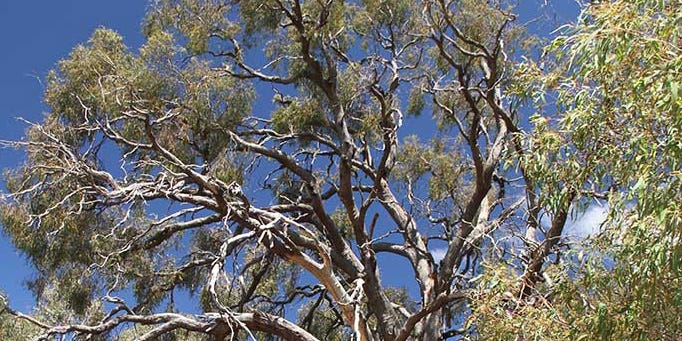
Large trees are a huge issue for suburban gardeners. Large established trees can limit your ability to grow your own food.
Street trees are generally very resilient. That’s why they are planted as street trees – they can survive on neglect. Native trees commonly used as street trees, such as eucalypts, have evolved in Australia’s harsh environment with little rainfall and poor, degraded soil, so they will thrive in an urban streetscape too.
Large, resilient trees have two main methods of surviving that will affect your vegetable patch:
They are thieves. They have an enormous root system that spreads out looking for nutrients and water. When they find either of these in high concentrations, they spend time growing roots in this space to take advantage of them. A vegetable patch is paradise for an established tree and will soon fill up with roots from trees more than a hundred metres away. Once the roots have invaded, they’ll quickly exhaust all nutrients and water, leaving very little for your precious veggies. I have even seen raised beds placed on paving quickly colonised with tree roots. The best way to overcome this is by installing wicking beds (more on wicking beds in Part 4). The roots cannot penetrate the waterproof membrane of the wicking bed.
The second effect that established trees may have on your patch is via allelopathy. This is where a tree secretes chemicals into the soil that act a bit like a herbicide. For example, rain washes tannins from eucalyptus leaves and prevent most plants from growing underneath them. Walnut trees release juglone, pine trees release pine oils and coffee trees release caffeine, all to prevent competition from other plants.
A combination of the above two mechanisms makes it impossible for most plants to grow under the canopy of established eucalyptus or pine trees. If nature cannot make it work, don’t bother trying! Ideally, place your vegetable patch as far away from established trees as possible.
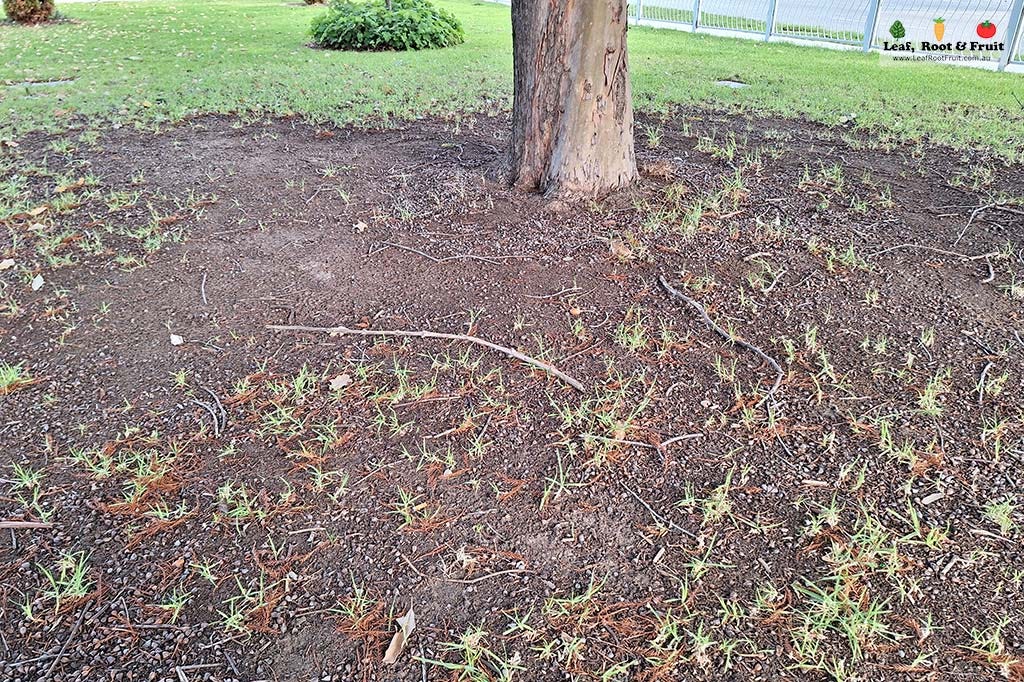
If there are large trees nearby, you may have a fantastic initial season from your vegetable patch. Over time you’ll observe a drop in yields as the tree roots slowly invade. You’ll need to constantly dig this patch over and remove the roots, or compensate with extra nutrients and water to ensure that your vegetables get all that they need to thrive – or both.

What mistakes did you make when selecting the spot for your veggie patch? Please share your wisdom or any questions you have in the comments section below.
This post is one of many in my gardening series Vegetable Patch from Scratch. See the series index for a list of other topics in the series.
Read the next post in the Vegetable Patch from Scratch series:


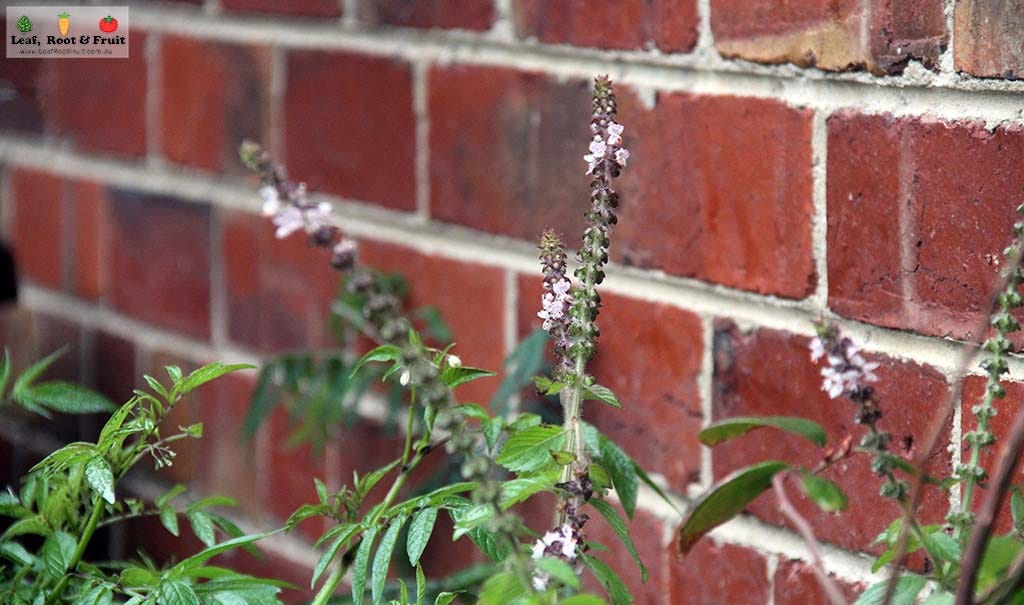
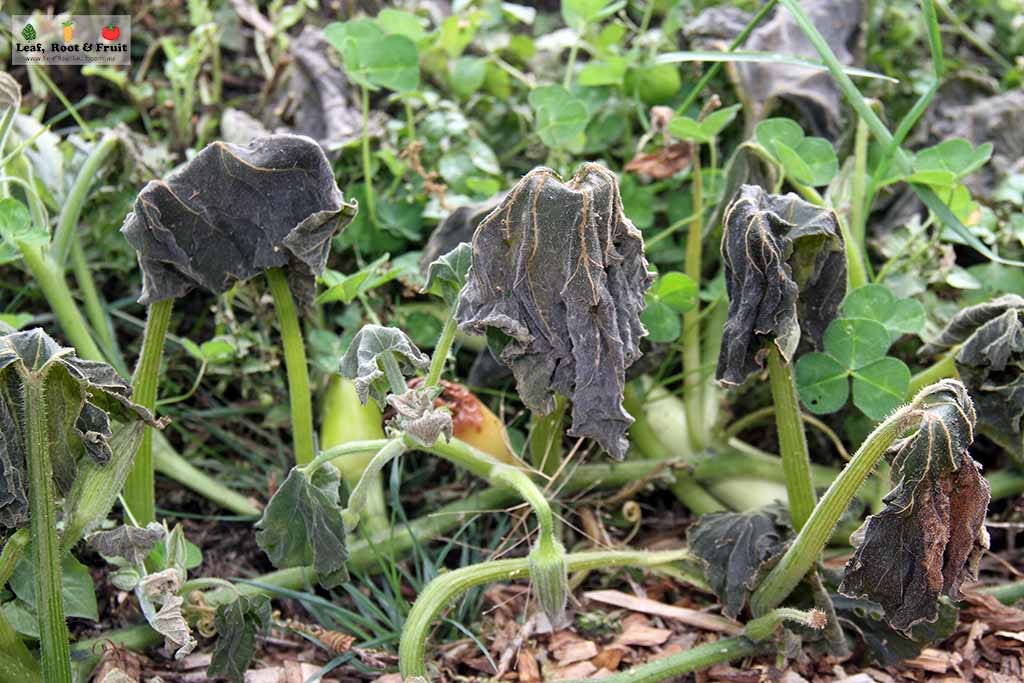
Excellent advice.
I've found nets have quite an effect on microclimates. Our 'Vege-nets' are there to limit access by birds, cabbage butterfly, shield bugs etc; they also seem to do quite a bit of wind reduction; and they may moderate the strength of sunlight - possibly desirable in mid summer, not so much in winter.
With increasingly extreme winds and storms, fine netting on strong supports may be a useful thing. The bad side is - they're mostly plastic, and they die in 5 - 10 years and have to be disposed of. Maybe the windbreak vegetation will have grown big enough to take over by then?!
But the bird and insect problems still have to be dealt with.
Cheers, Rose (Gembrook)